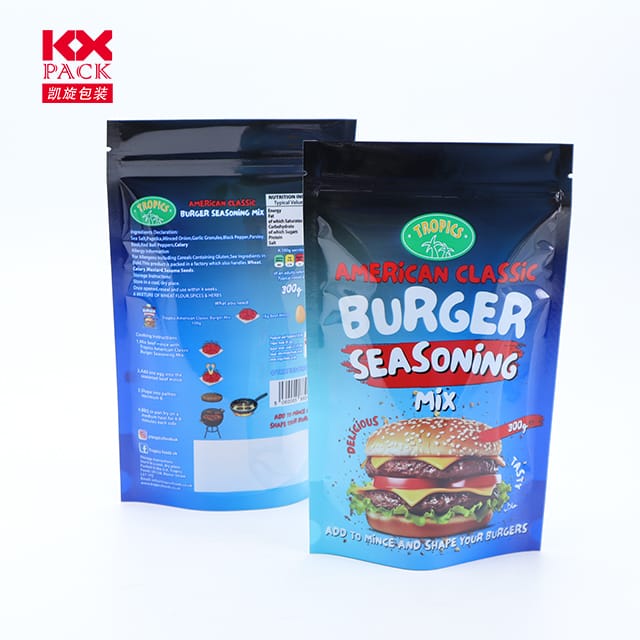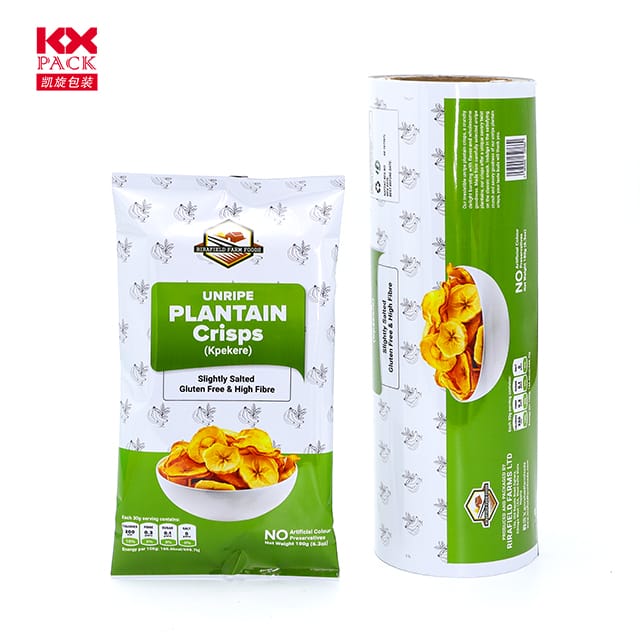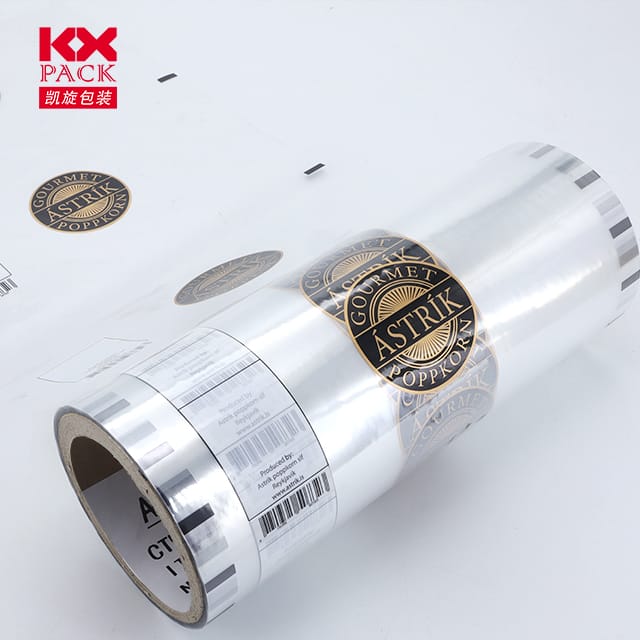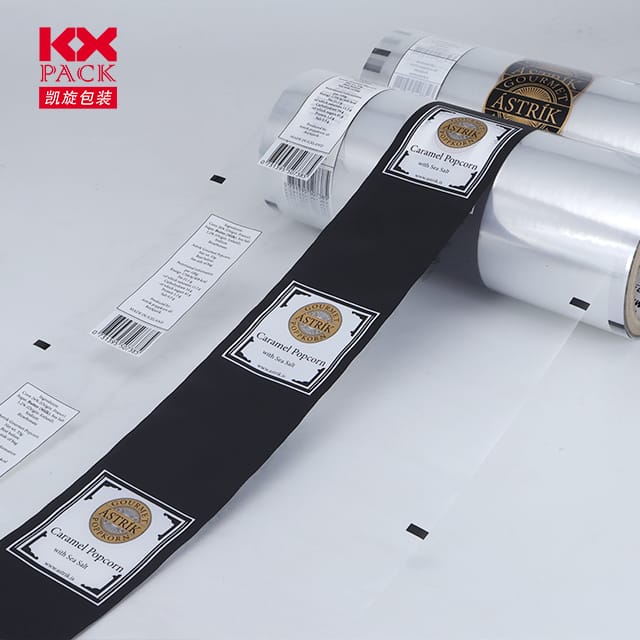Éabhlóid agus nuálaíocht scannán plaisteach grád bia: Sábháilteacht agus inbhuanaitheacht a chinntiú
Scannán Plaisteach Grád Bia
In today’s food industry, food grade plastic film stands as a cornerstone of packaging innovation, Sábháilteacht a chothromú, feidhmiúlacht, agus freagracht chomhshaoil. Mar éileamh domhanda ar borradh bia pacáistithe, Mar sin, an bhfuil gá le hardábhair a chosnaíonn táirgí gan cur isteach ar shláinte nó ar an bpláinéad. Let’s delve into the world of food grade plastic films—their types, feidhmithe, risks, and future trends.
What Makes a Plastic Film “Grád bia”?
Food grade plastic films are engineered to meet stringent safety standards set by regulatory bodies like theU.S. FDA (Code of Federal Regulations Title 21) agus anEU’s 10/2011 regulation. These materials must:
- Not leach harmful chemicals into food.
- Withstand temperature variations during storage, ionnarb, and heating.
- Resist degradation from acids, fats, or moisture in food.
- Be traceable to ensure compliance with safety protocols.
Common food grade polymers include:
- Poileitiléin (Corpoideachas): HDPE (rigid containers) and LDPE (flexible films, cling wraps).
- Polapróipiléin (PP): Microwave-safe containers, thermoformed trays.
- Terephthalate poileitiléin (PET): Transparent bottles, blister packs.
- Clóiríd polaivinile (PVC): Used cautiously due to potential phthalate migration.
- Bio-based Alternatives: PLA (aigéad polalactach) and starch-based composites for eco-friendly options.
Key Applications in Food Packaging
- Miondíol & Consumer Packaging
- Táirgí Úra: LDPE films extend shelf life by regulating oxygen and moisture.
- Déiríocht & Deochanna: HDPE jugs and PET bottles dominate for their lightweight durability.
- Béilí réidh le hithe: PP trays withstand microwave heating (up to 120°C).
- Tionsclaí & Bulk Handling
- Scannáin Ard-Bharrier: Multi-layer structures (E.g., PA/EVOH/PE) prevent oxygen ingress for meat, cáis, and coffee.
- Flexible Pouches: Stand-up pouches with zippers and spouts enhance convenience.
- Specialty Uses
- Modified Atmosphere Packaging (Méid): Films adjust gas composition to slow spoilage.
- Smart Labels: Temperature-sensitive inks or QR codes track freshness.
Risks and Challenges
Despite their benefits, food grade plastic films face scrutiny:
- Chemical Migration: High temperatures or acidic foods may cause additives (E.g., plasticizers) to leach.
- Micreaplaistigh: Fragmentation during use or disposal raises environmental concerns.
- Recycling Hurdles: Mixed-material laminates (E.g., aluminum/PET) complicate recycling.
Sustainable Innovations Shaping the Future
The industry is pivoting toward eco-conscious solutions:
- In-bhithmhillte & Scannáin mhúirínithe
- PLA, derived from corn starch, decomposes in industrial composting facilities.
- Pha (polyhydroxyalkanoates) offers marine-degradable options.
- Recyclability Advancements
- Monomaterial Designs: All-PE or all-PP structures simplify recycling.
- Athchúrsáil cheimiceach: Breaks down plastics into raw materials for new films.
- Brú rialála
- Tá an Treoir Plaistigh Aonair an AE bans non-recyclable films by 2030.
- China’s GB 4806.7-2023 standardizes food contact materials, encouraging domestic innovation.
- Tech-Driven Solutions
- Nanocoatings: Enhance barrier properties without adding thickness.
- Pacáistiú gníomhach: Incorporates antioxidants or antimicrobial agents.
Consumer Tips for Safe Usage
- Avoid Heating PVC or PS Films: These may release toxins.
- Check Recycling Codes: #2 (HDPE), #4 (LDPE), agus #5 (PP) are safer choices.
- Limit Single-Use Films: Opt for reusable silicone lids or beeswax wraps.
An bóthar amach romhainn
The food grade plastic film market is projected to reach$51.9 billiún ag 2030, tiomáinte ag:
- Emerging Markets: Rising middle classes in Asia and Africa demand packaged food.
- E-commerce Growth: Online grocery sales rely on durable, leak-proof films.
- Circular Economy Goals: Brands like Nestlé and Coca-Cola pledge 100% recyclable packaging by 2025.
Conclúid
Food grade plastic films are indispensable to modern food systems, but their future hinges on innovation and responsibility. By embracing bio-based materials, improving recyclability, and adhering to strict safety standards, the industry can meet consumer demands while safeguarding health and the environment.
Mar thomhaltóirí, let’s advocate for transparency and sustainability—because the films that wrap our food should protect more than just its freshness.
What’s your take on food grade plastic films? Roinn do chuid smaointe sna tuairimí thíos! 🌱🍎📦






